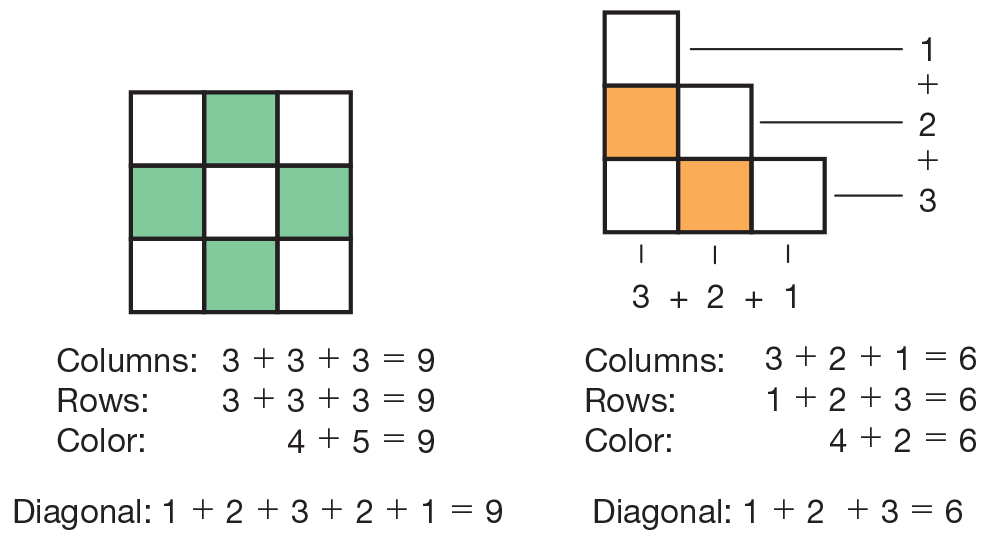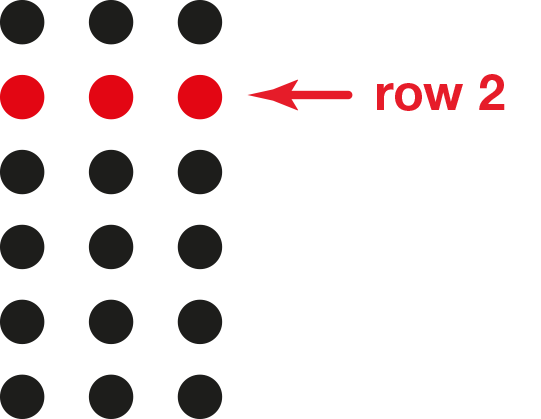|
|
Daily Practice and Problems |
Lesson |
Homework |
Assessment |
Student Books |
Student Activity Book |
|
|
|
|
Teacher Resources |
Teacher Guide - digital |
|
|
|
|
Supplies for Student Pairs
assortment of colored square-inch tiles
crayons or colored pencils
desk number line (0–100)
20 connecting cubes
Materials for the Teacher
Display of
What’s My Number Sentence (Student Activity Book) Pages 101–102
Display of
Make Your Own Tile Design (Student Activity Book) Page 105
Unit 3 Assessment Record
Math Facts Class Record
class number line (0–130) or prepared
Number Line Display
Masters (Teacher Guide). See Materials Preparation.
tile designs. See Materials Preparation.
assortment of colored square-inch tiles
chart paper, optional
Materials Preparation
Triangle Flash Cards. Prepare copies of the Triangle Flash Cards on heavier paper or card stock. Have students
cut apart each set and store them in an envelope. Provide each student with two sets, one to use at school
and one to take home. Students will need these cards on an ongoing basis.
Prepare Number Line Display. Display a number line where it is easily accessible by both you and the students.
Students should be able to see it and touch it with at least a pointer. Use the class number line
(0–130) or prepare the Number Line Display Masters.
This version can be assembled, laminated, and displayed
on the board or on a bulletin board. It is also small enough so that it could be moved when it is not
needed.
Create Tile Designs. On chart paper or other display, create the two designs with square-inch tiles shown in
Figure 1.

Figure 1: Sample designs with number sentences
Content Note
Row and Columns. Use “row” to describe the horizontal line of tiles and “column” to describe the vertical line of tiles. Be careful to
be consistent with this terminology.
Prepare Optional Targeted Practice. Copy additional sets of the
Make Your Own Tile Design pages from the
Student Activity Book to place in a learning center with an assortment of colored square-inch tiles.


















